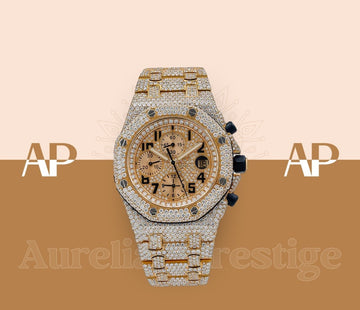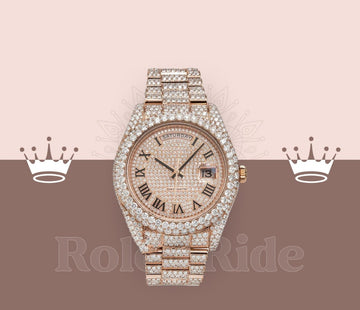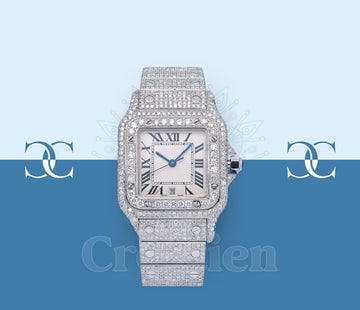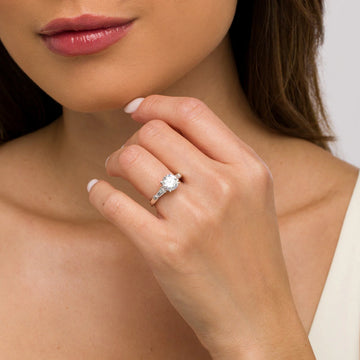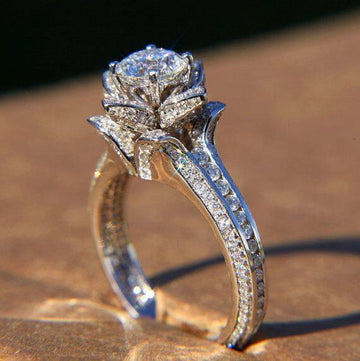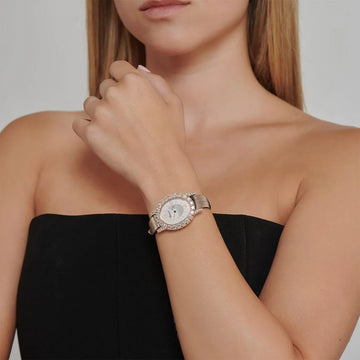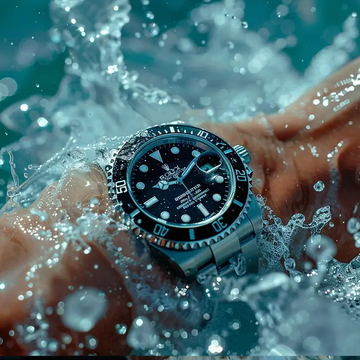
Understanding Water Resistance in Watches
Water resistance is a crucial feature in watches, but it is often misunderstood. Many assume that "water-resistant" means a watch is completely waterproof, but no watch is entirely impervious to water. Instead, water resistance refers to a watch’s ability to withstand moisture and water pressure under specific conditions.
Water resistance is measured in atmospheres (ATM), meters, or bars, indicating how much pressure the watch can handle. However, these ratings are often theoretical. For example, a watch rated 30 meters (3 ATM) is not suitable for swimming but can endure minor splashes. Watches rated 100 meters (10 ATM) or more are better suited for water activities.
Several factors contribute to water resistance, including gaskets, screw-down crowns, and tightly sealed case backs, all designed to prevent water infiltration. However, over time, seals degrade, reducing protection. Regular maintenance and testing ensure that a watch retains its resistance, helping protect delicate internal components from moisture damage.
Water Resistance vs. Waterproof: Understanding the Difference
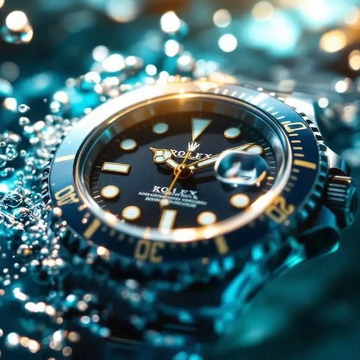
Water Resistance
Water resistance refers to a watch’s ability to withstand moisture and water pressure to a specific depth. Unlike the term "waterproof," which implies absolute protection, water-resistant watches have varying levels of resistance, determined by gaskets, seals, and case construction.
Most watches indicate their water resistance in meters (m), feet (ft), or atmospheres (ATM). For example, 30m (3 ATM) means the watch can handle splashes but is not suitable for swimming. 100m (10 ATM) is safe for swimming and snorkeling, while 200m+ (20 ATM or more) is designed for diving.
Over time, rubber gaskets dry out, reducing resistance. Regular testing and maintenance help preserve a watch’s water protection. Sudden temperature changes, crown misuse, or aging seals can allow water to enter the movement, causing damage.
To maintain optimal water resistance, avoid exposing non-dive watches to excessive water and have them checked annually for seal integrity.
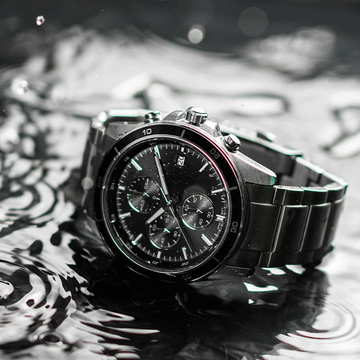
Waterproof
The term "waterproof" is often misused in the watch industry, as no watch is entirely impervious to water. Instead, watches are classified as water-resistant, meaning they can withstand moisture and water pressure to a certain degree.
A waterproof watch would imply absolute protection against water, regardless of depth or pressure, which is technically impossible. Even professional dive watches with high water resistance, such as those rated 200m (20 ATM) or more, have limits. Factors like temperature fluctuations, aging gaskets, and improper crown usage can compromise water resistance over time.
Manufacturers use rubber gaskets, screw-down crowns, and tightly sealed casings to enhance water resistance. However, regular testing and maintenance are essential to ensure continued protection. Deep-sea divers and professionals rely on ISO-certified dive watches, but even these require periodic servicing to maintain their integrity.
To avoid damage, always follow the manufacturer’s guidelines and never assume a watch is 100% waterproof.
Swiss vs. Japan-Made Water Resistance Features
Swiss-made watches often feature higher-grade gaskets, superior case sealing, and rigorous testing, ensuring exceptional water resistance. Japan-made watches also offer reliable water resistance but may use different materials and testing standards. Swiss models prioritize luxury and deep-sea protection, while Japanese watches focus on affordability and practical durability.
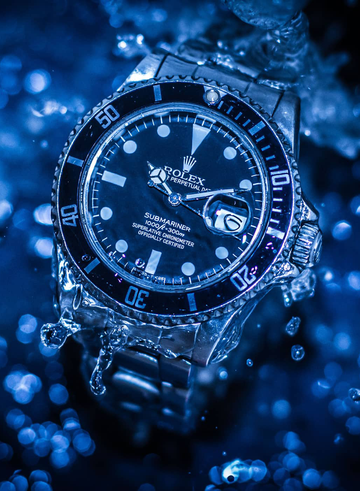
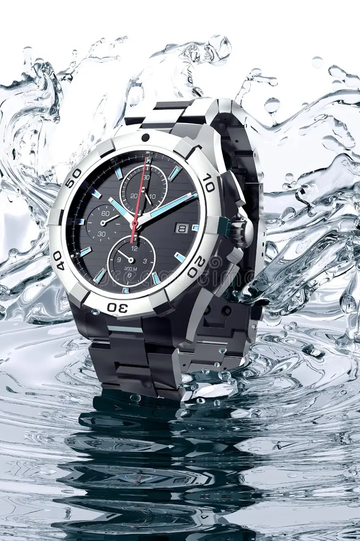
Swiss Made Watch
Swiss-made watches are renowned for their precision engineering and superior water resistance. These timepieces use high-quality gaskets, screw-down crowns, and hermetically sealed cases to provide exceptional protection against water ingress. Many Swiss brands follow ISO 6425 standards for dive watches, ensuring rigorous pressure and depth testing.
Swiss watches often feature sapphire crystal for enhanced durability and helium escape valves for deep-sea diving. Advanced sealing techniques and high-grade lubricants keep internal components protected, maintaining longevity.
With regular maintenance, Swiss water-resistant watches retain their integrity for years, making them ideal for luxury enthusiasts, professionals, and divers seeking unmatched reliability.
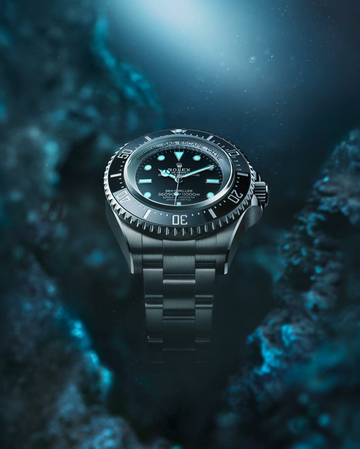
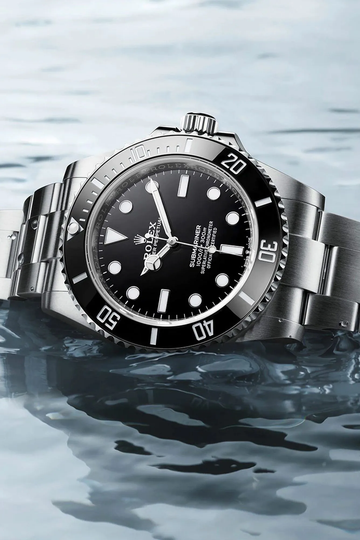
Japanese Made Watch
Japanese-made watches are known for their precision, durability, and affordability, offering reliable water resistance for everyday use. Brands like Seiko, Citizen, and Casio implement advanced sealing techniques, using rubber gaskets and reinforced case designs to prevent water infiltration.
Many Japanese watches feature screw-down crowns and case backs, ensuring protection against moisture and pressure. Models range from basic water-resistant designs (30m-50m) to professional dive watches (200m+ ISO-certified models).
Japanese watchmakers emphasize practicality and innovation, often integrating electronic and quartz technology to enhance performance. While not always as luxurious as Swiss-made alternatives, Japanese water-resistant watches provide excellent reliability at competitive prices.
More Guide
Frequently Ask Question
What are the different movements in watches?
Watches typically feature three main types of movements: manual, automatic, and quartz. Manual movements require daily winding and are known for their traditional craftsmanship. Automatic movements self-wind through the wearer’s wrist motion, offering convenience without daily winding. Quartz movements, powered by a battery, provide superior accuracy and require minimal maintenance. Additionally, hybrid movements like kinetic and solar combine mechanical and quartz elements for enhanced functionality.
Which movement is best for watch?
The best movement depends on personal preferences. Manual movements are ideal for traditionalists who enjoy daily winding. Automatic movements offer convenience through self-winding. Quartz movements are perfect for those who prioritize accuracy and low maintenance. Each type has its advantages, and the choice depends on whether you value heritage, convenience, or precision in your timepiece.
Why are automatic watches popular?
Automatic watches strike a perfect balance between tradition and functionality. Their appeal lies in the fact that they don't require batteries or regular manual winding, as long as they are worn daily. Additionally, the intricate mechanisms of automatic watches make them a favorite among collectors and enthusiasts who appreciate the artistry and engineering of traditional watchmaking.
Which type of motion is watch?
Watches utilize either mechanical or electronic motion. Mechanical watches, including manual and automatic, operate through gears and springs. Quartz watches use electronic motion, powered by a battery and a quartz crystal. Mechanical movements create a consistent ticking motion, while quartz movements offer high accuracy through precise vibrations.
How to choose a watch movement?
Choosing a watch movement involves considering your lifestyle and preferences. Manual movements suit those who appreciate traditional craftsmanship. Automatic movements are convenient, self-winding through wrist motion. Quartz movements prioritize accuracy and low maintenance. Consider factors like budget and desired features to select the best movement for your needs.
Which watch movement is most accurate?
Quartz movements are the most accurate, powered by a battery and a vibrating quartz crystal. They lose or gain only a few seconds per month. In contrast, mechanical movements, including manual and automatic, have variations of several seconds per day. Quartz watches are preferred for their superior accuracy.
What movement do luxury watches use?
Luxury watches predominantly use mechanical movements, including manual and automatic, due to their intricate craftsmanship. High-end brands often develop in-house movements, ensuring exclusivity and superior quality. While quartz movements are less common, some luxury brands offer high-end quartz models for unparalleled accuracy.
Which is better, quartz or automatic watch?
The choice between quartz and automatic watches depends on preferences. Quartz watches are highly accurate, low-maintenance, and affordable, requiring only periodic battery changes. Automatic watches are cherished for their craftsmanship and heritage, self-winding through wrist motion. Choose quartz for precision and convenience, automatic for traditional mechanical appeal.
Which watch movement is more expensive?
Mechanical movements, including manual and automatic, are generally more expensive than quartz movements due to intricate craftsmanship and complex engineering. Brands that develop in-house movements command premium prices. Quartz movements are simpler and cheaper to produce, making quartz watches more affordable, though high-end quartz models can be expensive.
How to tell if a watch is automatic?
To identify an automatic watch, observe the second hand’s smooth, sweeping motion, unlike the ticking motion of quartz watches. Check if the watch self-winds with wrist motion. Many automatic watches have a transparent case back to view the movement. Listen for a continuous ticking sound, different from quartz watches’ distinct ticks.






